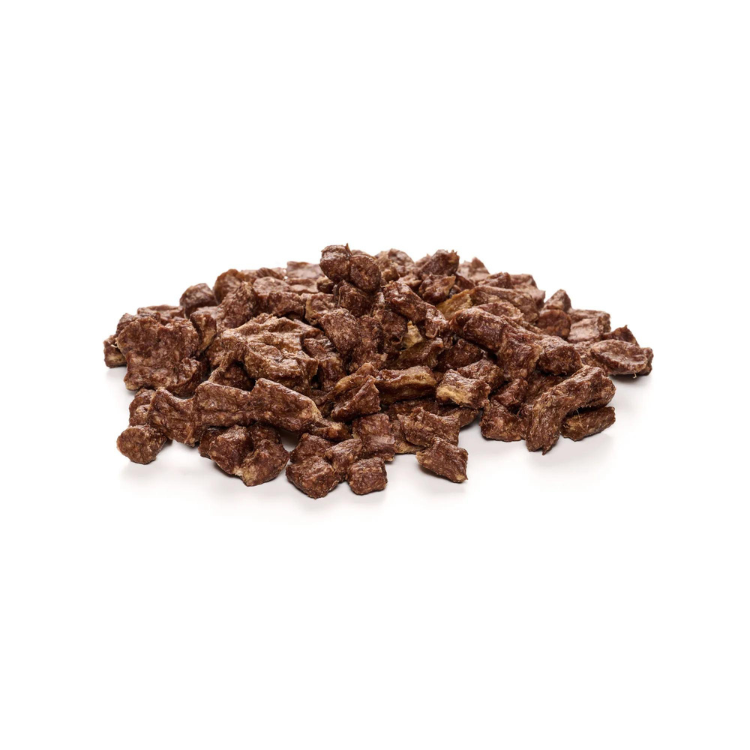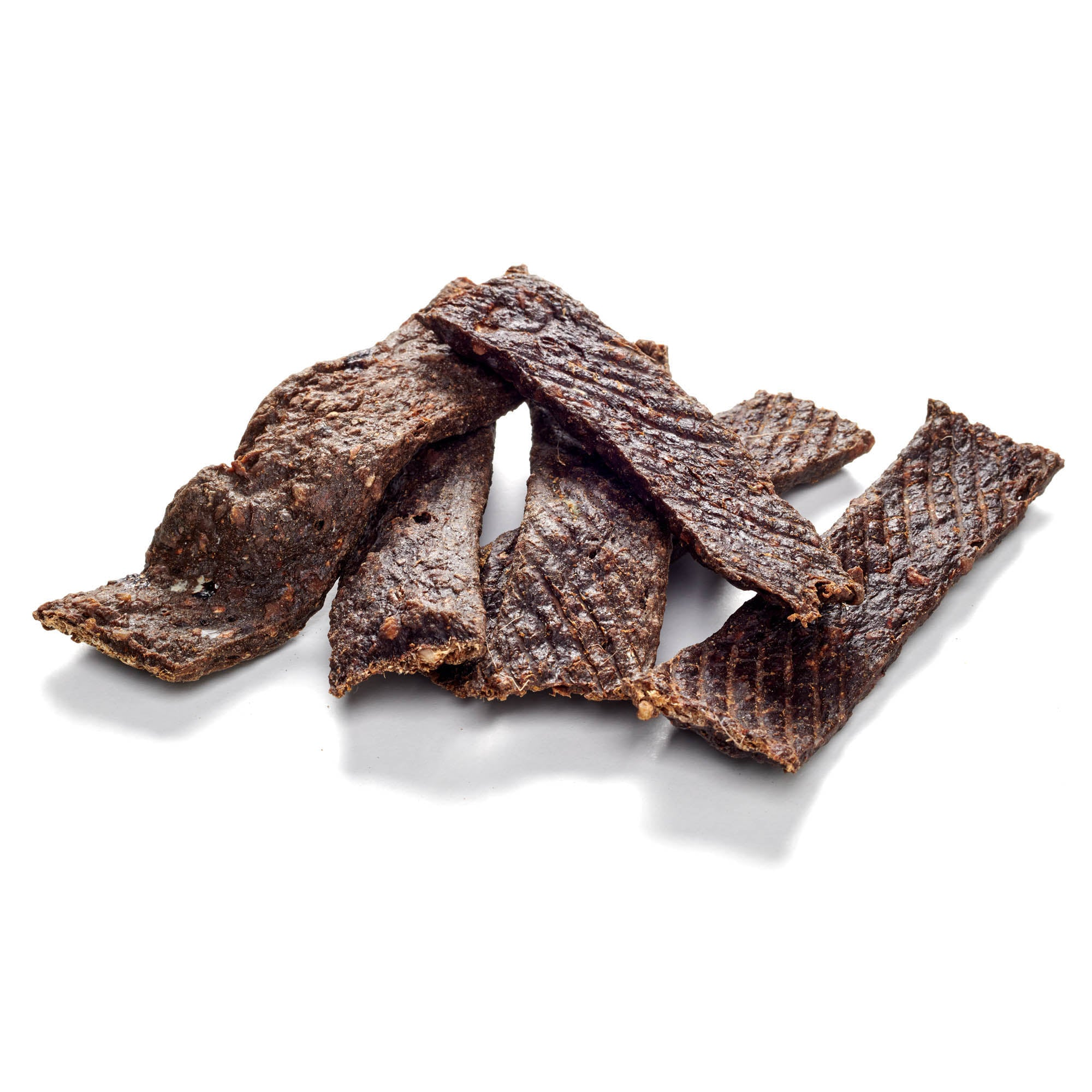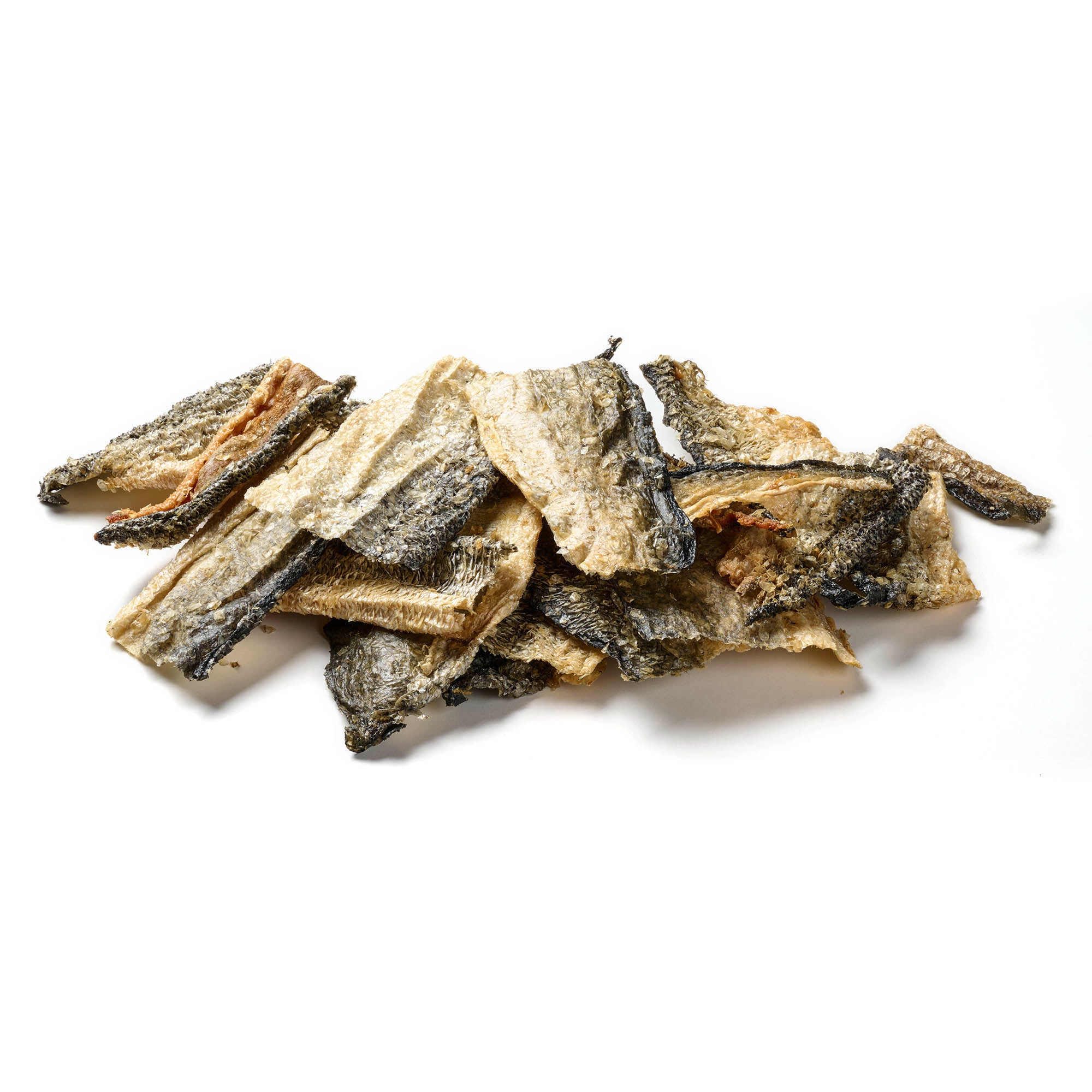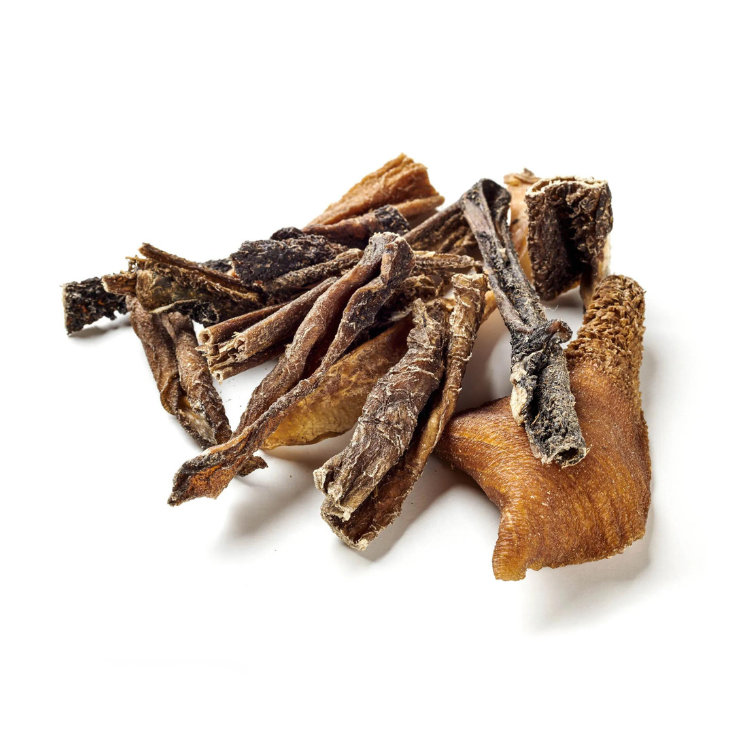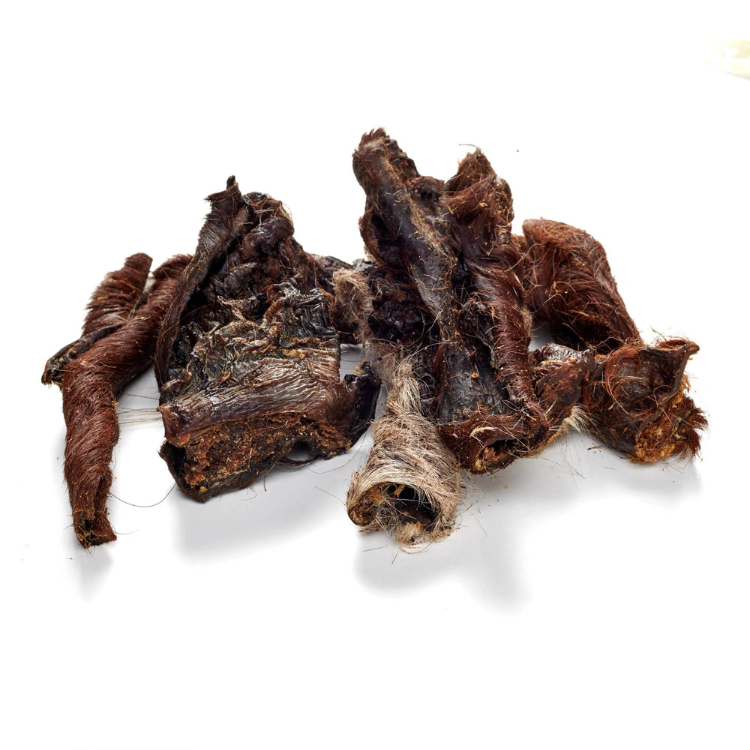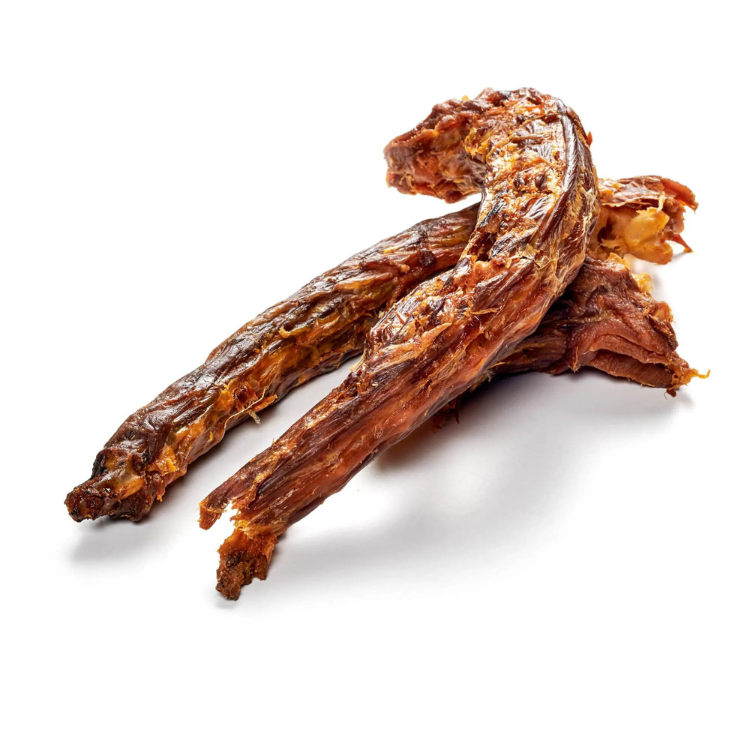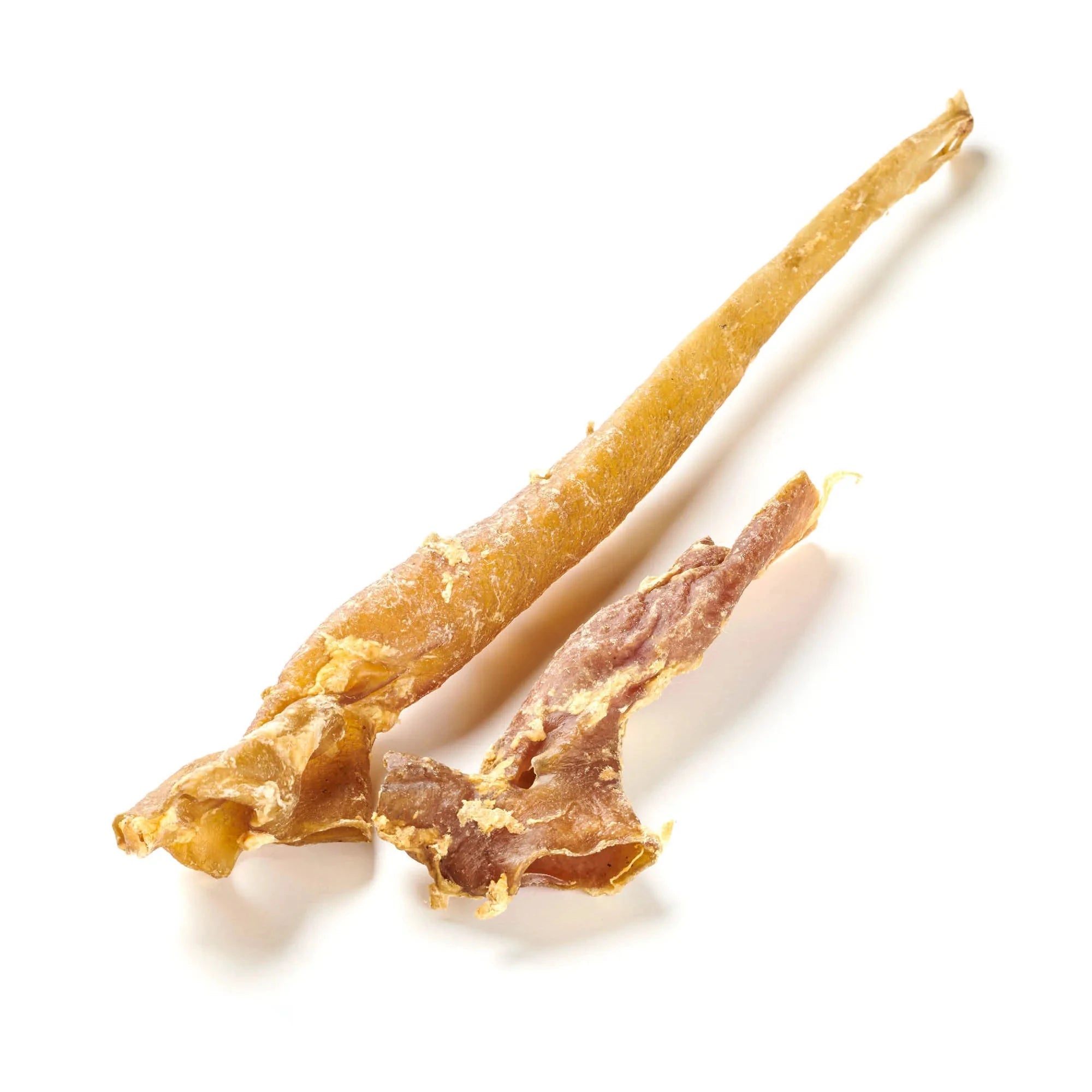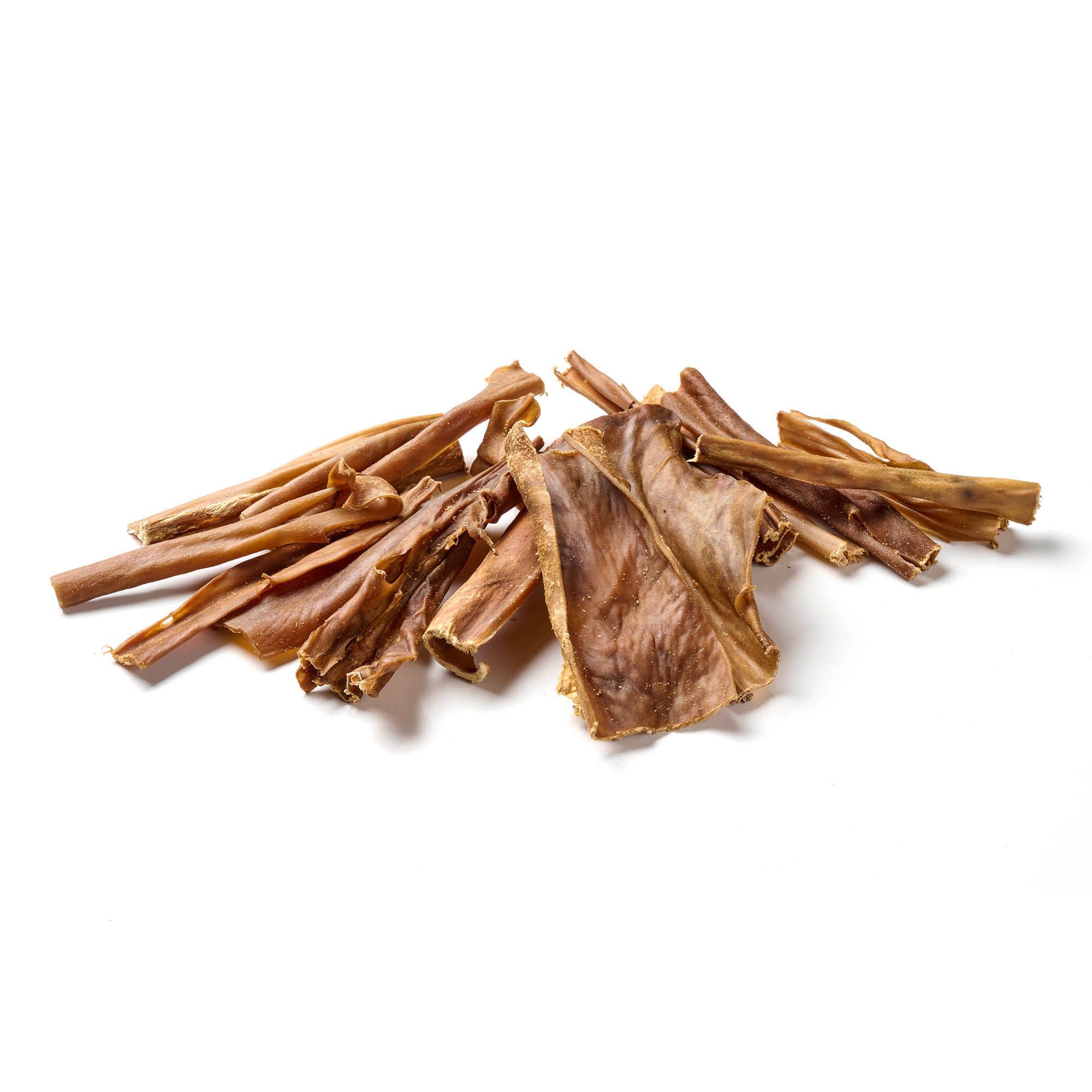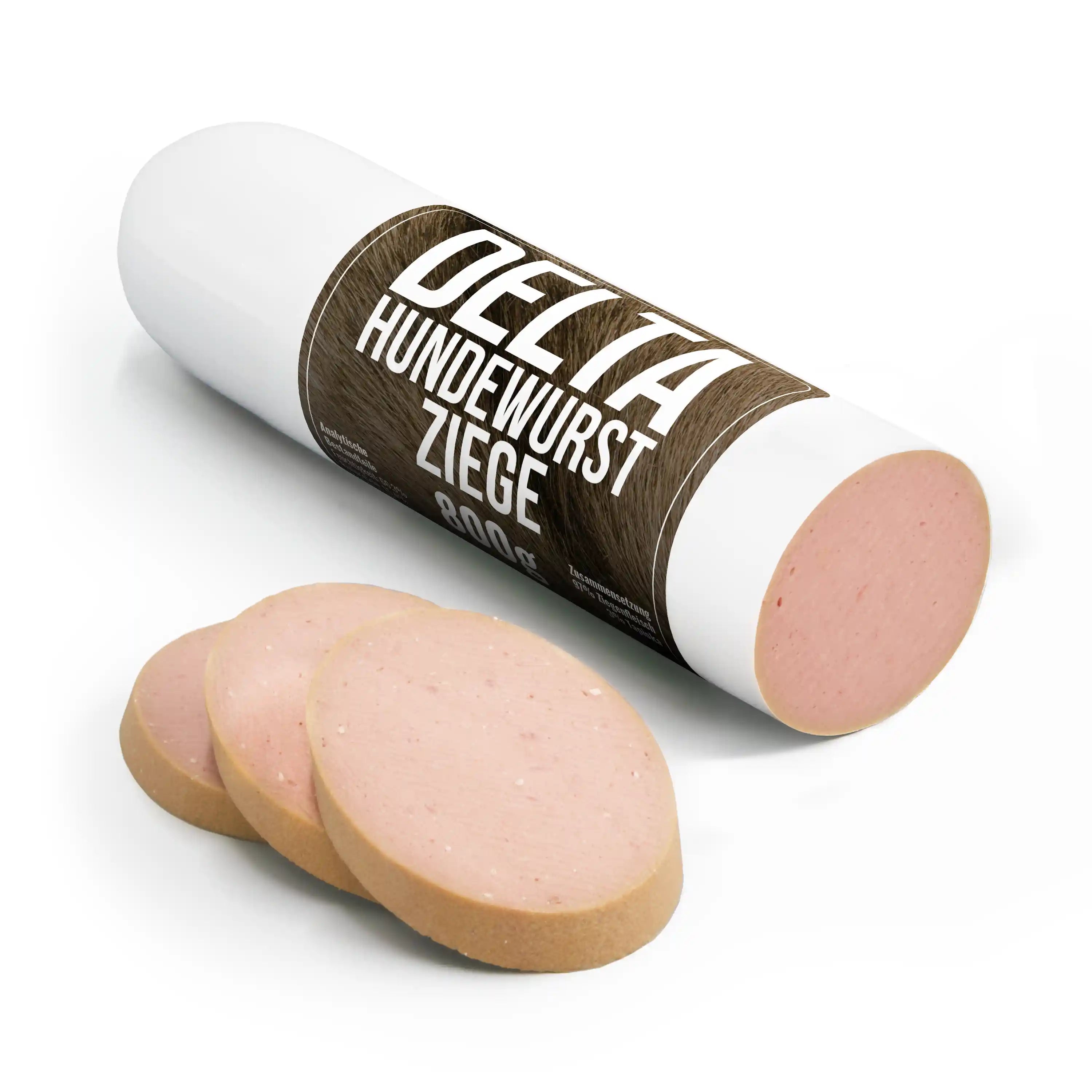
Mushroom hunting with your dog - what you should know!
Share
A walk through the forest can be a real adventure if you keep your eyes open and discover the little wonders of nature. The mysterious mushrooms that sprout on the forest floor in a variety of shapes and colors are particularly fascinating. The exploration tour becomes even more exciting when you have a four-legged companion with you, sniffing curiously through the undergrowth. But where adventure beckons, danger also lurks: the variety of mushrooms contains both delicious delicacies and deadly dangers.
Contents: Mushroom hunting with your dog - what you should know!
- Why can mushroom hunting with a dog be dangerous?
- Preparing for mushroom hunting
- Recognizing poisonous mushrooms
- Rules of conduct for dogs while mushroom hunting
- First aid if mushroom poisoning is suspected
- Conclusion
While the dog, with his insatiable curiosity and his keen sense of smell, rummages through the undergrowth, it can easily happen that he comes across one of the many poisonous mushrooms that may remain hidden from the human eye. These small, often inconspicuous plants can quickly become a threat to dogs if they nibble on them out of curiosity or even eat them. Mushroom hunting thus becomes a balancing act between pleasure and danger, where knowledge and caution are crucial.
Delicious chews for your faithful companion now available!
Why can mushroom hunting with a dog be dangerous?
Mushrooms are fascinating organisms that grow in many forests and meadows. But not all mushrooms are harmless. Just like for us humans, some of them can be deadly for dogs. Dogs often sniff and explore their surroundings with great curiosity and it can easily happen that they bite into a poisonous mushroom.
Mushroom poisoning can have serious consequences for a dog's health. Dogs don't even have to eat the whole mushroom; it's often enough if they chew it and spit it out again, as the toxins can be absorbed through saliva. That's why it's important to start the mushroom season well prepared.
There are numerous species of mushrooms, some of which are edible and tasty, while others can be poisonous and dangerous. The challenge is to distinguish the edible mushrooms from the poisonous ones. What is particularly dangerous is that some poisonous mushrooms can look deceptively similar to edible mushrooms. This makes mushroom picking an art that requires a lot of knowledge and caution.
It is also important to note that not all mushrooms that are edible for humans are also safe for dogs. There are mushrooms that are edible and safe for humans, but can cause severe poisoning in dogs, such as oyster mushrooms and crested ink caps. This makes it all the more important to be well-informed when picking mushrooms with dogs - or to take other precautions!
Preparing for mushroom hunting
Thorough preparation is essential so that you can hunt mushrooms safely and successfully together. Just as good equipment and suitable clothing are a given for people, preparation for the dog should also be a given. This includes keeping the dog on a leash at all times in the forest to prevent it from eating poisonous mushrooms. In addition, the dog should be trained not to pick up anything from the ground without your permission.
Necessary equipment
First, we should gather the equipment. A sturdy leash and a good dog harness are important to keep your dog under control and protect him from danger. A muzzle can be useful in an emergency to prevent your dog from eating poisonous mushrooms or other dangerous objects.
Important information about the mushroom season
In Germany, the mushroom season usually runs from late summer to autumn, i.e. from August to October. The conditions for mushroom growth are ideal then because it is moist and at the same time still relatively warm.
Since it is difficult to know exactly where poisonous mushrooms grow, it is important to be cautious and stay alert in general. Good preparation will help avoid unnecessary risks and ensure that the dog does not come into contact with dangerous mushrooms. You should also remember that dogs are particularly curious and require special supervision to protect them from potential dangers.
Recognizing poisonous mushrooms
Even if we try very hard, we will probably never be mushroom experts. That is why it is important for us to point out that we can only give a rough overview. But knowing which mushrooms are poisonous to dogs is extremely important. This is the best way for us to help our dogs and avoid poisoning.
Basic characteristics of poisonous mushrooms
Poisonous mushrooms often have certain characteristics that distinguish them from edible mushrooms. These include, for example, striking colors, an unpleasant smell or certain shapes. One example that many people know is the fly agaric (see picture) with its red cap and white dots. But not all poisonous mushrooms are so easy to recognize. That's why it's important to be well-informed.
Here are a few examples of mushrooms that are classified as poisonous:
- Death cap: One of the most poisonous mushrooms in existence, recognizable by its green to olive-colored cap and the characteristic bulb on the stem. Even small amounts can be fatal.
- Death cap mushroom: Recognizable by its cone-shaped cap and white color. This mushroom is extremely poisonous and can cause severe liver and kidney damage.
- Red fly agaric: Recognizable by its red cap with white dots. Although it often appears in fairy tales and stories, it is highly poisonous and can cause severe poisoning if consumed.
- Panther mushroom: Has a brownish cap with white spots and resembles the fly agaric. This mushroom is extremely poisonous and can cause severe neurological symptoms if consumed.
- Devil's Bolete / Devil's Mushroom: Striking due to its red stem base and the bluish-coloured tube opening. Although it is less well known, it is highly poisonous and can cause severe gastrointestinal problems.
- Spring morel / Spring morel: Recognizable by their wrinkled, brain-like cap and brownish color. These mushrooms are highly toxic and can cause severe poisoning.
- Coniferous wood cap / poisonous wood cap: Small mushroom with a yellowish-brown cap, often found on coniferous wood. Very poisonous and can cause liver and kidney damage.
- Orange-brown fungus: Striking due to its orange to reddish-brown cap and rough stem. This mushroom is very poisonous and can cause gastrointestinal problems and kidney damage.
- Giant russula: Recognizable by its large, fleshy cap and robust stem. Poisonous and can cause gastrointestinal problems.
- Brick-red crack mushroom: Has a brick-red to brownish cap and often grows in deciduous forests. This mushroom is poisonous and can cause gastrointestinal problems.
- Lead-white varnish funnel fungus / leaf-lover funnel fungus: Recognizable by its white to cream-colored cap and funnel-shaped appearance. Poisonous and can cause gastrointestinal complaints.
- Greenhouse Parasol Mushroom / Yellow-leaved Parasol Mushroom: Striking due to its yellowish cap and umbrella-like shape. This mushroom is poisonous and can cause gastrointestinal problems.
- Greenfinch: Has a greenish cap and often grows in coniferous forests. Poisonous and can cause gastrointestinal problems and muscle damage.
- Wrinkled Ink Cap: Recognizable by its wrinkled, gray cap and the black ink it secretes. Poisonous and can cause gastrointestinal problems.
- Saffron Parasol / Garden Giant Poison Parasol: Striking due to its large, umbrella-like cap and yellowish tones. Poisonous and can lead to gastrointestinal complaints.
- Green-leaved sulphur head: Recognizable by its yellow-green cap and bitter taste. Very poisonous and can cause gastrointestinal problems and liver damage.
Use of mushroom identification books and apps
Mushroom identification books and apps can be a great help in identifying mushrooms with certainty. They provide comprehensive information and pictures that help with identifying mushrooms. However, please note that this is usually always about compatibility for humans - not about whether the mushrooms are also suitable for your dog!
Nevertheless, these apps are useful and some of them even allow you to exchange ideas with experts if you are unsure.
Rules of conduct for dogs while mushroom hunting
While mushroom hunting, it is important that your dog follows certain rules to ensure his safety and minimize the risk of mushroom poisoning.
Ensuring that the dog cannot run around freely
It is frowned upon to let your dog run free in the forest. In some regions, hunters are even allowed to shoot a dog if it runs free in the forest. Dogs should therefore always be kept on a leash when you are looking for mushrooms - if only for their own protection!
This means he can't wander uncontrollably through the undergrowth and possibly come across poisonous mushrooms. With a short leash, you have more control and can quickly call your dog back if he spots something dangerous. If you want to give your dog a little more freedom of movement without losing control, a long leash is a good idea.
Training your dog to avoid poisonous mushrooms
Many dog owners will still let their dogs run free, despite knowing better. In this case, the dog should at least be well trained and obey all basic commands - perfectly. If the dog is well trained, there is also less risk of it eating poisonous mushrooms.
It is important that the dog learns not to pick up anything from the floor without your permission. Positive reinforcement and clear commands are very helpful. It is important that you practice regularly with your dog so that he internalizes this behavior.
Sometimes it can also help to use a special training method, for example so-called "aversion training". With this method, the dog learns that certain smells or objects have unpleasant consequences. This way, the dog learns that it is better not to touch poisonous mushrooms.
Aversion training in detail
In aversion training, for example, the dog is given a harmless but unpleasant-tasting substance such as lemon juice or vinegar on the mushroom (or a harmless one, of course). If the dog tries to eat the mushroom, it will immediately notice the unpleasant taste and avoid the mushroom. Through repeated training, the dog learns that certain mushrooms or similar objects are unpleasant and that it is better not to touch them.
Practice basic commands
A well-trained dog is less likely to eat poisonous mushrooms. It is important to teach him basic commands that will help him behave safely. If the dog has something in his mouth that he shouldn't have, clearly say "out" and offer him a training snack in exchange. As soon as the dog lets go of the object, reward him with the snack and praise him.
Use "no" as a preventative command when the dog is heading toward something you don't want him to pick up. Say "no" in a clear, firm tone and redirect him to an allowed behavior or a dog toy . The "leave it" command can be used to stop the dog from picking up something from the floor. Practice with treats on the floor and say "leave it" while rewarding the dog when he ignores the treat.
Training sessions in different environments
Regular training sessions should take place in different environments to ensure that the dog follows commands even in distracting situations. Train in your garden, in the park and ultimately in the forest to reinforce your dog's obedience.
Monitoring the dog during the search
The rule here is: keep your eyes open! Even if he is well trained, it can still happen that he gets curious and nibbles on something. Keep an eye on him and intervene if he eats something unusual. If you keep a close eye on him, you can significantly reduce the risk of poisoning . You can also check regularly whether he has eaten anything suspicious. If he is wearing a muzzle, you can of course walk through the forest relatively carefree.
High-quality dog chews for your faithful companion can be found here!
First aid if mushroom poisoning is suspected
If your dog shows signs of mushroom poisoning despite all precautions, you need to act quickly. Here are the most important steps you should take in such a case.
Signs and symptoms of mushroom poisoning in dogs
Symptoms of mushroom poisoning can vary greatly. The most common signs include:- Vomiting: This is often one of the first symptoms of mushroom poisoning and can occur within minutes to hours after consumption. It is the body's attempt to get rid of the poison as quickly as possible.
- Diarrhea: Often accompanies vomiting and can also be an indication of mushroom poisoning. Diarrhea can lead to dehydration, so quick action is important.
- Lethargy: An affected animal may appear unusually tired or weak. Lethargy is a serious sign that the poison is affecting the nervous system or other vital functions.
- Tremors: Muscle tremors or cramps can be caused by neurotoxic substances in the mushrooms. This shows that the nervous system is affected.
- Seizures: In severe cases, seizures may occur, which is a clear sign of serious poisoning. Seizures require immediate veterinary attention as they can be life-threatening.
Some symptoms may not appear until hours after consumption, so it is important to continue to monitor your dog after foraging for mushrooms. Other symptoms may include increased salivation, abdominal pain, and breathing problems. Pay attention to whether your dog is behaving unusually or showing signs of discomfort.
Immediate measures and first aid tips
If you suspect that your dog has eaten a poisonous mushroom, you should act immediately:
- Remove all mushroom residue from his mouth
- Try to keep the dog calm
- Make note of when and where the incident occurred
- If necessary, save any leftover mushroom for the vet
It is important not to give the dog milk or other home remedies as this could make the situation worse. Take your dog to a quiet environment as soon as possible and calm him down.
Contact a veterinarian or emergency clinic
Do not hesitate to contact a veterinarian or emergency clinic immediately. Describe the symptoms and provide as much information as possible. In many cases, quick action can save your dog's life. Always keep the phone numbers of veterinarians and emergency clinics handy when you are out and about with your dog. It is also helpful to prepare an emergency first aid kit for your dog in advance, containing basic medications and materials that could be useful in the event of poisoning.
Conclusion
Mushroom hunting with your dog can be a wonderful experience if you are well prepared and take a few precautions. It is important to stress that we are not experts in the field of mycology and all our statements are made with reservations. However, we want to draw attention to the potential dangers in order to raise awareness of this important topic.
With the right equipment, sound knowledge of mushrooms and a well-trained dog, nothing stands in the way of a safe and successful mushroom hunt. Always remember, your dog's health comes first. Enjoy the time together in nature and the joy that comes with collecting and identifying mushrooms. Prepare well, educate yourself and protect your loyal companion so that you can experience many happy and healthy trips together.
Delicious chews for your faithful companion now available!

